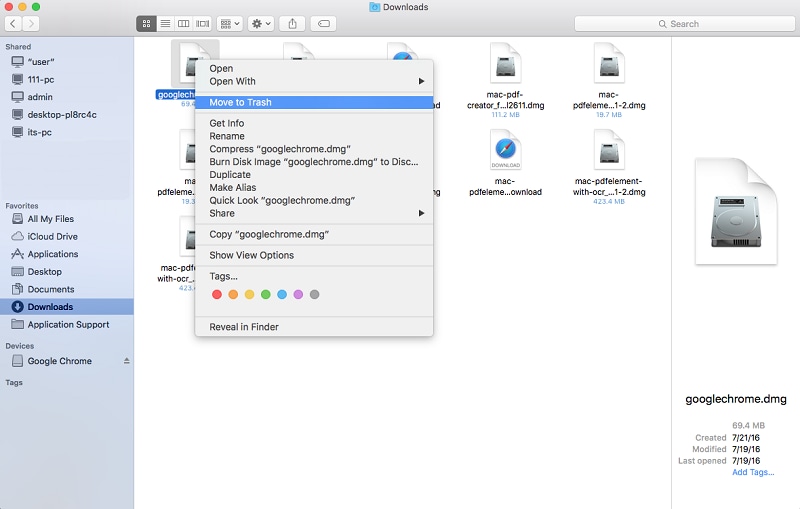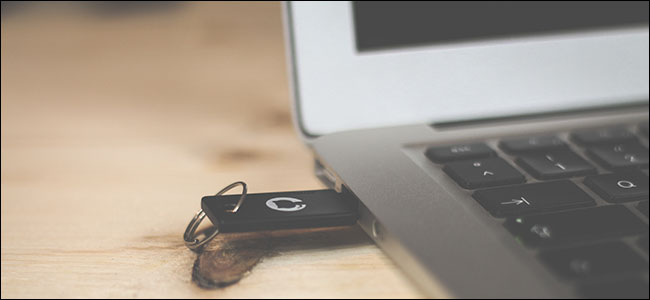

- #Which format do i use for hard drive for mac sierra mac os x
- #Which format do i use for hard drive for mac sierra pdf
- #Which format do i use for hard drive for mac sierra full
The process of formatting a drive to be compatible with Windows PC and Mac OS X requires a different format choice, but is otherwise quite similar.

If you have any files you want to save, copy them to another storage device. Should you intend to make an Mac OS installer drive (for OS X Mavericks, OS X El Capitan, OS X Yosemite, etc) or create any other bootable Mac OS X volume from a drive, or use a new drive as a fully compatible Time Machine backup drive, you will also need to complete this process. In Disk Utility on Mac, you can erase and reformat storage devices to use. Similarly, you can perform the same type of process in Mac OS X for making a USB flash drive compatible with Mac OS using the Disk Utility in Mac OS X, as you can see, it’s a quick procedure that is done in short order on any Mac:
The videos below demonstrate the complete process of formatting an external hard drive for full Mac OS X compatibility, this uses the new Disk Utility in modern versions of Mac OS X: When completed, the drive will be formatted to the Mac OS X compatible HFS+ filesystem.
If you want to start up again from the disk you erased, select Reinstall macOS in the utilities window, then click Continue and follow the onscreen instructions to reinstall macOS.Smaller external hard drives, SSD’s, and USB flash keys format quickly, while a larger hard drive may take a while longer. You can also choose to save the images as jpg or pdf files, change aspect ratios, and/or scan 2 pages at once. If you are using this drive for Time Machine backups, you will need to use a. The ISO file is a widely used Disk file format. If you are are using Mac OS High Sierra or later, APFS will also work. Quit Disk Utility to return to the utilities window. All you will need is to start Terminal in your Mac and execute the same commands. After the erase is done, select any other internal volumes in the sidebar, then click the delete volume (–) button in the toolbar to delete that volume.ĭuring this step, disregard any internal volume named Macintosh HD or Macintosh HD - Data, as well as any volumes in the External and Disk Images sections of the sidebar. The system tells you what key to press during the restart, so pay attention to your screen and be quick at pressing the right key. Step 1 Restart your computer and press F8 or Del key to enter the BIOS settings. we did not test reads discs that use the ISO 9660/High Sierra format. Format Hard Drive on Windows 7 or Earlier Versions. USB flash drive not mounting on macOS Catalina/Mojave/High Sierra Snapshots. If you don't see this button, click Erase instead. Both drives can also play audio discs whenever you're not using the drive for data. You can manually run the software, back up to a local HDD, or use a NAS box. Format: APFS or Mac OS Extended (Journaled), as recommended by Disk Utility. MacOS to MacOS: Some Seagate external drives, such as the FreeAgent Go for Mac and FreeAgent Desk for Mac, come formatted in MacOS Extended format, which is supported by Mac OS 8.1 and later. Click the Erase button in the toolbar, then enter the requested details: Using a third-party disk utility that allows you to see Macintosh formatted volumes is an alternative to using FAT32 file system for the external hard drive. Select Macintosh HD in the sidebar of Disk Utility.  From the utilities window, select Disk Utility and click Continue. If asked, select a user you know the password for, then enter their administrator password.
From the utilities window, select Disk Utility and click Continue. If asked, select a user you know the password for, then enter their administrator password. 
Start up from macOS Recovery: Turn on your Mac, then immediately press and hold these two keys until you see an Apple logo or other image: Command (⌘) and R.








 0 kommentar(er)
0 kommentar(er)
